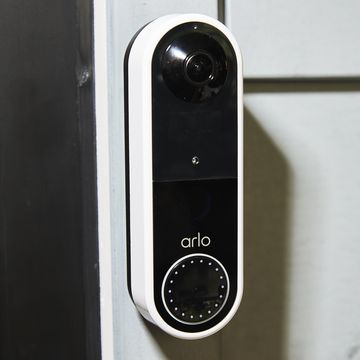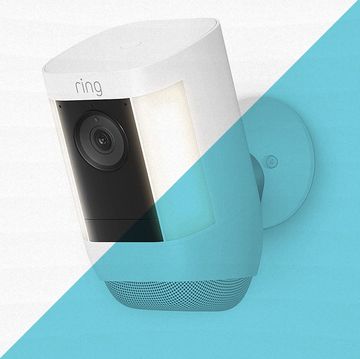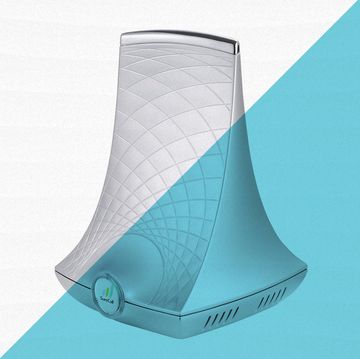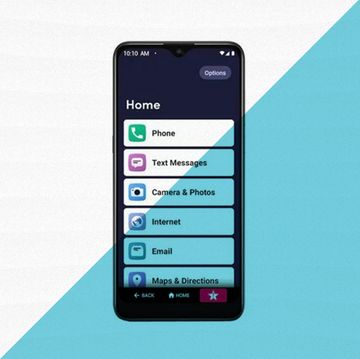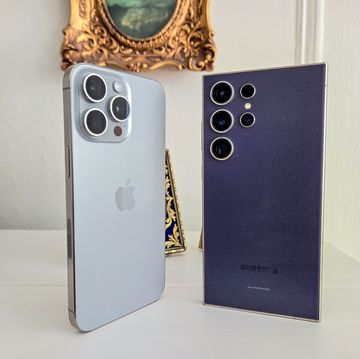- Engineers and entrepreneurs are finding amazing ways to leverage the AI powers of GPT-4.
- One of the most innovative approaches comes from Stanford University students who funneled the powerful autoregressive language model through an eyewear platform to create next-gen smart glasses.
- Able to listen in on conversations in real time, these smart glasses could be the ideal companion on first dates or job interviews (if you don’t mind the pseudo-monocle look).
The dream of smart glasses—eyewear capable of ushering in a new era of augmented reality (AR)—has been around for at least a decade. Back in 2013, Google unleashed its AR headset that looked more like a Star Trek-inspired visor than something you’d expect to be adorning your face. After a decade of fighting for that AR future, Google threw in the towel this past month, announcing the end of Google Glass sales. Companies like Apple, Meta, and Microsoft have similarly faced challenges trying to make smart glasses or AR headsets people would actually wear.
But now, maybe, smart glasses have finally found that elusive killer app to get them working: GPT-4.
Last month, students from Stanford University designed a makeshift AR system capable of generating GPT-4 responses in real time. The result was smart glasses capable of responding to conversations with helpful hints and suggestions. The engineers called the device rizzGPT offering “real-time Charisma as a Service (CaaS).” If you never know the right words to say on a first date or during a job interview, rizzGPT can help.
The platform uses a camera, microphone, and high resolution display called Monocle that projects GPT-4’s real-time responses within a user’s field of vision — not unlike Google Glass. The Monocle display, created by Brilliant Labs, is designed for hackers and programmers to find ways to work on an augmented reality platform for (relatively) cheap.
The other big bonus is that the Monocle can snap onto most glasses, so it doesn’t require a specific headset to be usable (though it turns your preferred eyewear into something with a bit more Monopoly Man flair).
Although the demonstration posted to Twitter is a bit too clunky to be used as a true AR tool for now, the promise is apparent. In fact, it’s so apparent that some companies are also already investigating how to integrate the powers of GPT-4 and ChatGPT into the decade-long search for actually useful smart eyewear. Last week, Innovative Eyewear (which, basically does what it names suggests) announced that it was adding a ChatGPT voice interfaceto its app, meaning users could ask questions via the microphones embedded in the smart glasses and hear ChatGPT-powered responses. The company’s stock more than doubled after the announcement.
It’s too early to tell if language models like GPT-4 are the missing ingredient in developing actually useful smart glasses. But, like many industries rushing to figure out ways to leverage this impressively powerful AI, we likely won’t have to wait long to find out.
Darren lives in Portland, has a cat, and writes/edits about sci-fi and how our world works. You can find his previous stuff at Gizmodo and Paste if you look hard enough.


